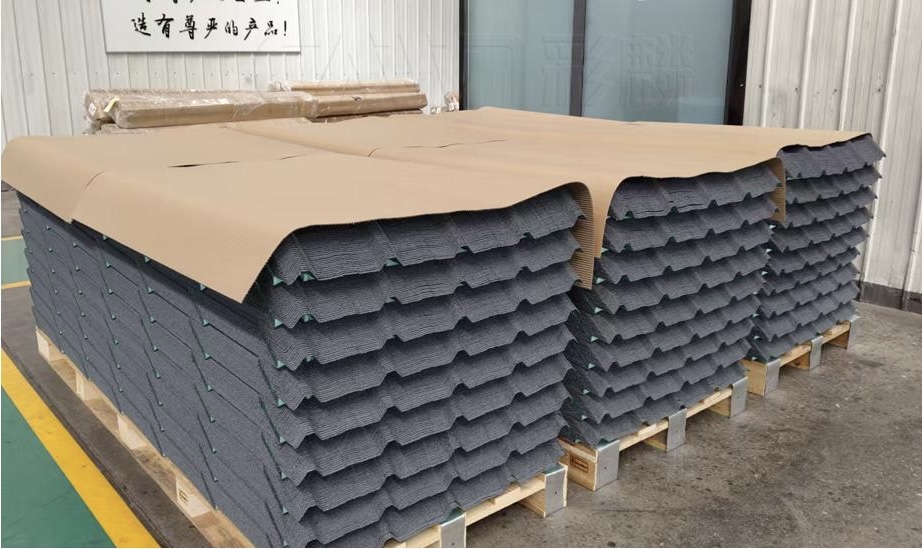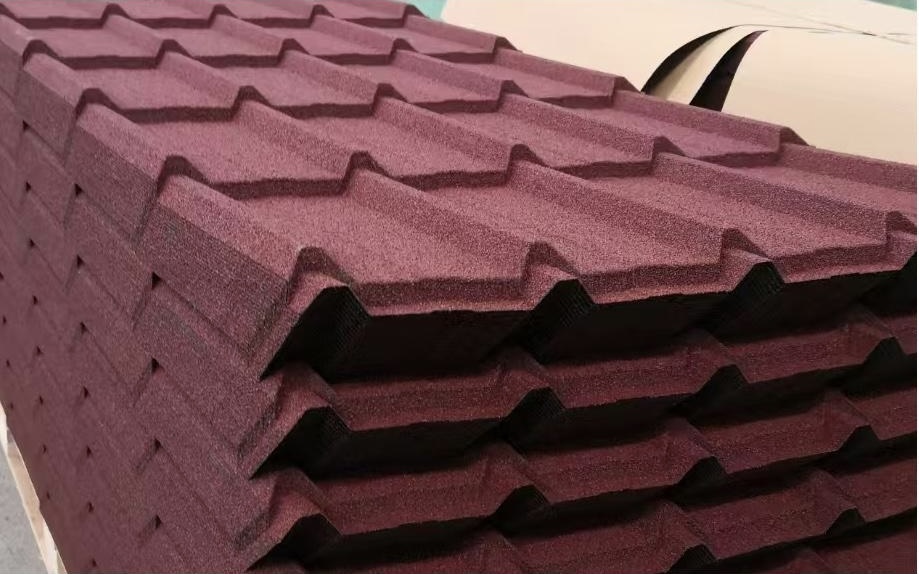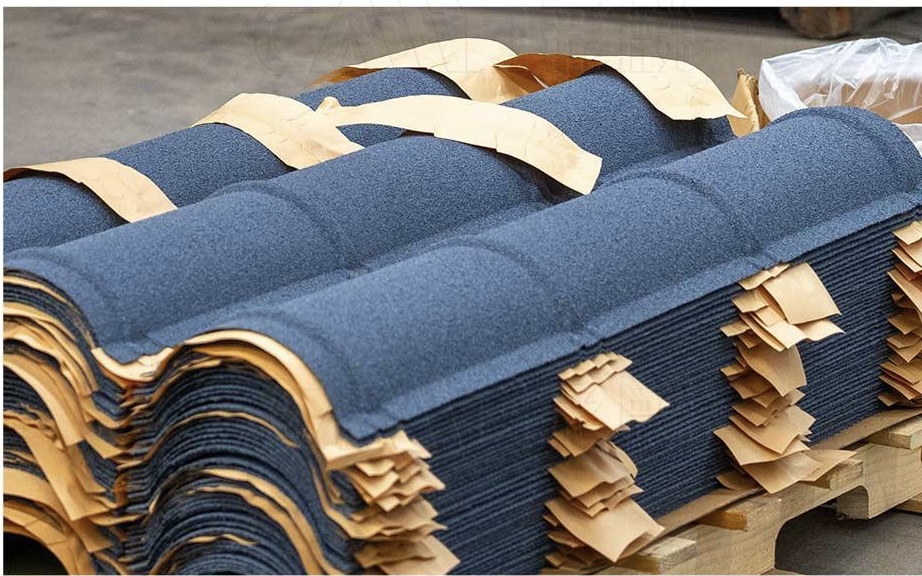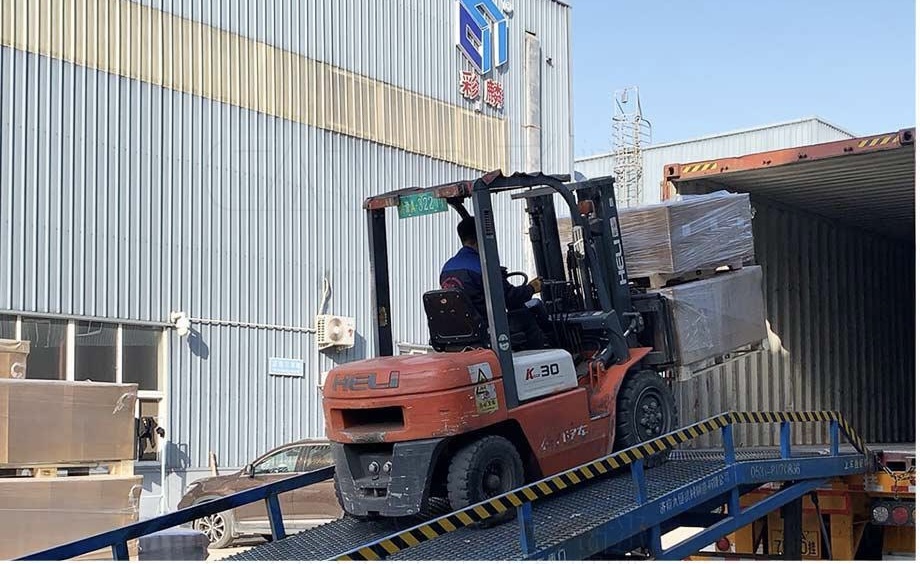Integrated Stone-Coated Tiles vs. Traditional Metal Shingles: What Sets Them Apart?
- By: Cailin
- Jul 09 2025
When choosing roofing materials, integrated stone-coated roof tiles and traditional single-piece metal shingles are two popular options. While both offer the strength of metal, they differ significantly in design philosophy and installation method. Understanding these core differences is essential for selecting the most suitable roofing solution.

1. Structural Design: Key Distinctions
Integrated Stone-Coated Roof Tiles:
• Integrated Design: This is the most defining feature. Each tile has a larger coverage width (typically around 1 meter), with customizable lengths based on roof dimensions. Once installed, the tiles interlock tightly through a unique horizontal overlap system, creating a strong and seamless roofing layer.
• Stone-Coated Surface: The base material is high-strength galvalume steel, coated with natural colored stone granules (such as sintered or basalt stone chips) using high-performance acrylic adhesives. This not only enhances durability but also provides a vivid, textured appearance that mimics natural stone or ceramic roofing.
Traditional Single-Piece Metal Shingles:
• Single-Tile Design: Each shingle is smaller in size (usually 300–500 mm wide and around 1340 mm long). Installation relies on overlapping tiles vertically and horizontally, with waterproofing and wind resistance achieved through the overlap and mechanical fasteners such as nails or clips.
2. Application Scenarios: Which to Choose?
Integrated Stone-Coated Roof Tiles Are Ideal When You Need:
• Exceptional waterproofing and wind resistance (especially in regions with heavy rain, typhoons, or strong winds)
• Superior sound insulation and living comfort
• A high-end, long-lasting, and natural aesthetic look
• A low-maintenance roofing solution with long service life
• Faster and more efficient installation
Best for: High-end villas, residential developments, public buildings (schools, hospitals), commercial buildings, and pitched roof renovations.

Traditional Metal Shingles May Be More Suitable If:
• Your roof has an extremely complex design or many irregular shapes requiring small pieces and extensive cutting for installation
Your Choice Should Reflect Your Priorities
With its innovative “integrated” structure and composite stone-coated surface, this new-generation roofing material delivers a significant upgrade in waterproofing, wind resistance, sound and thermal insulation, aesthetics, and long-term durability. Its all-around performance and longer lifespan often lead to better overall cost-efficiency.
That said, traditional single-piece metal shingles still have their place — especially when budget is very limited or for intricate roof shapes that require flexibility.

Key Factors to Consider:
• Your project budget
• Climate conditions at the site (wind, rain, etc.)
• Required level of waterproofing and wind protection
• Expectations for appearance and durability
• Complexity of the roof structure
We strongly recommend requesting samples, comparing the physical look and technical specs, and consulting with professional roofing suppliers or installers before making a decision. Regardless of the product you choose, ensure it comes from a reputable manufacturer, meets national standards, and is installed by an experienced team — all of which are crucial to the performance and longevity of your roof.



